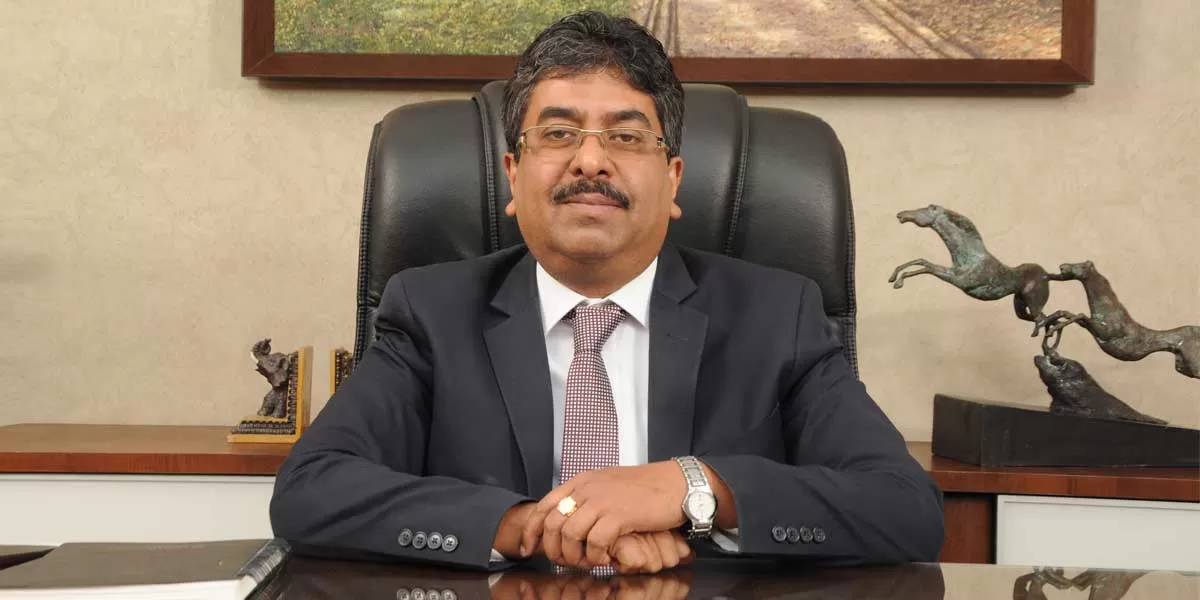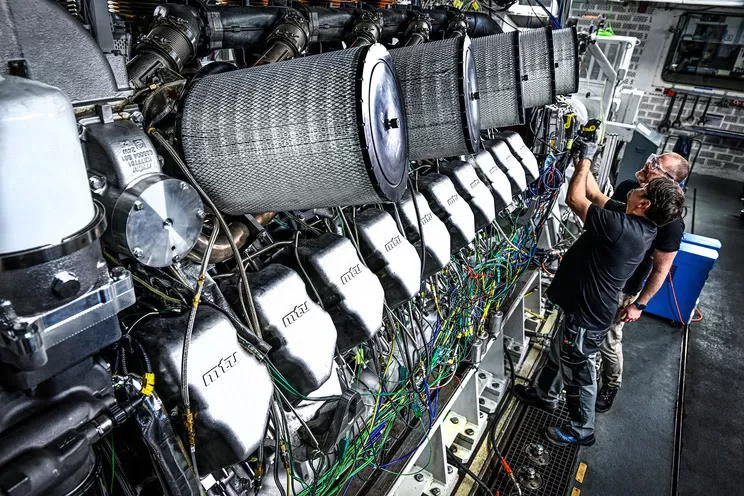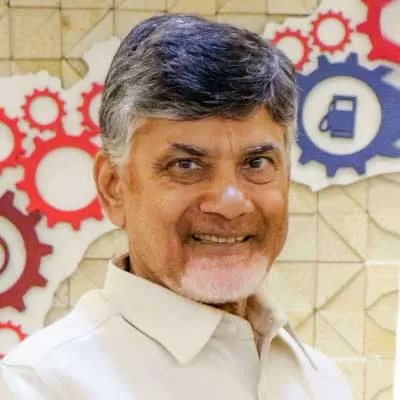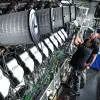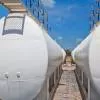One of India's leading engineering and construction firms, ITD Cementation India is particularly known for its expertise in civil engineering projects. It focuses on a wide range of sectors, including marine structures, industrial projects, urban infrastructure, highways, bridges, airports and hydroelectric projects. It offers end-to-end solutions from design and engineering to procurement and construction, working on both EPC and turnkey models. Renowned for its technical competence, quality standards and timely project execution, it has contributed to major infrastructure initiatives across India, enhancing its reputation as a trusted contractor in the field. A past Construction World Global Awards (CWGA) winner, it has been adjudged the first Fastest Growing Construction Company in the large category this year too. Jayanta Basu, Managing Director, ITD Cementation India, in conversation with PRATAP PADODE, Founder and Editor-in-Chief, speaks about how the company has set a new industry standard with phenomenal growth, the Ganga Expressway project, its order book which has grown significantly, the skilled labour challenge, how the company is leveraging technology for timely project execution, and growth projections. Excerpts:
ITD has set a new industry standard with phenomenal growth. Having been cautious in its approach, the company has now blossomed. How
would you explain the growth this year?
The success stems from a combination of factors: new opportunities, reduced competition and untapped potential within the company. With experience, knowledge, a positive shift in attitude and willingness to take calculated
risks, everything has culminated in this success.
Could you elaborate on this change in attitude? How has the company’s mindset evolved?
Everything depends upon the market and the timing, which played a crucial role. Since 2003, when ITD's current promoters took over, the industry was focused on major projects like metro work, DMRC and the Golden Quadrilateral, which led to significant financial losses for many companies, including ours. Given the challenges, we adopted a conservative approach, avoiding major risks that could have jeopardised the company. Also, a
Rs.30 billion company may be able to sustain a Rs.1 billion loss but a
Rs.1 billion loss is too much for a
Rs.10 billion company.
Historically, our leadership was heavily influenced by overseas [Skanska, Kvaerner, Trafalgar House] parent companies that are very talented and knowledgeable but whose understanding of the local market was limited. As someone who has grown within the company [joined as a trainee
38 years ago], I had a deep understanding of its strengths, weaknesses and market dynamics. This experience allowed me to take calculated risks. Additionally, the Indian market saw an increase in large [`10, `20 or `30 billion packages] civil contracts, which
also contributed to our recent
rapid growth.
What is the progress on the Ganga Expressway project?
We're working on one package of the Ganga Expressway, which is progressing well. The project will take another year to complete and we’re achieving substantial monthly revenue levels and what our company has never reached before. The Ganga Expressway is divided into four packages. Package 1 was awarded to IRB with L&T as its contractor while Adani has Packages 2, 3 and 4. We are contractors for Package 4.
Your order book has grown significantly from Rs.90 billion a few years ago to Rs.210 billion. How do you plan to manage growth?
For any business to thrive,
growth is essential. In the past couple of years, we’ve seen around 30 per cent growth in both our top and bottom lines. While it is challenging to maintain that level of growth, we’re confident that a 15-20 per cent growth rate is achievable and sustainable.
You've maintained good margins, which many contracting companies struggle with. How have you managed that?
In India, revenue is market-driven and relatively fixed, so our focus is on managing costs to increase margins. By controlling costs, finances, human resources and capital expenditures, we maintain discipline, which helps us achieve positive results.
What’s the current status on
your plans to enhance your overseas contracts?
In India, your margin is fixed. Overseas projects offer better margins, typically 3-4 per cent higher than in India. Given our growing confidence and capability, we’re pursuing more international work to capitalise on these opportunities. Our target is for
30 per cent of our revenue to come from overseas projects; currently, it’s less than 10 per cent.
Skilled labour is becoming a challenge. How does ITD plan to address this for future growth?
We recognise that labour issues are critical, not just for ITD but for the entire construction industry. The sector is disorganised with labour often undervalued, leading to low productivity. If you pay them
double and get three times productivity that helps the bottom line. Our approach is to first acknowledge the importance of our labour force, treat them with respect and provide fair compensation so that the labourer working with
you today works with you for another 10 years. This cultural shift is essential before focusing on training and retention. We are also exploring mechanisation where possible to reduce reliance on manual labour, though this remains a significant challenge.
How is ITD leveraging
technology for timely project execution and margins?
In some areas, to increase efficiency and capacity, machinery
is essential, like pile foundations, tunnelling or girder erection.
But for labour-intensive tasks, like brickwork or plastering, we
are exploring how technology can improve processes. The aim is to enhance productivity and precision, even in traditionally manual areas.
Is your focus on ports, marine and specialised sectors part of your strategy or a legacy?
It is basically legacy and that becomes strategy because we love to do work that is challenging and that we are doing well for many years. We excel at sectors like marine and tunnelling, which have been our strength and passion for many years. They present challenges but also offer better margins compared to other segments. We intend to continue pursuing these types of projects.
What are your growth projections for next year?
We expect growth, give or take, to be around 20 per cen
